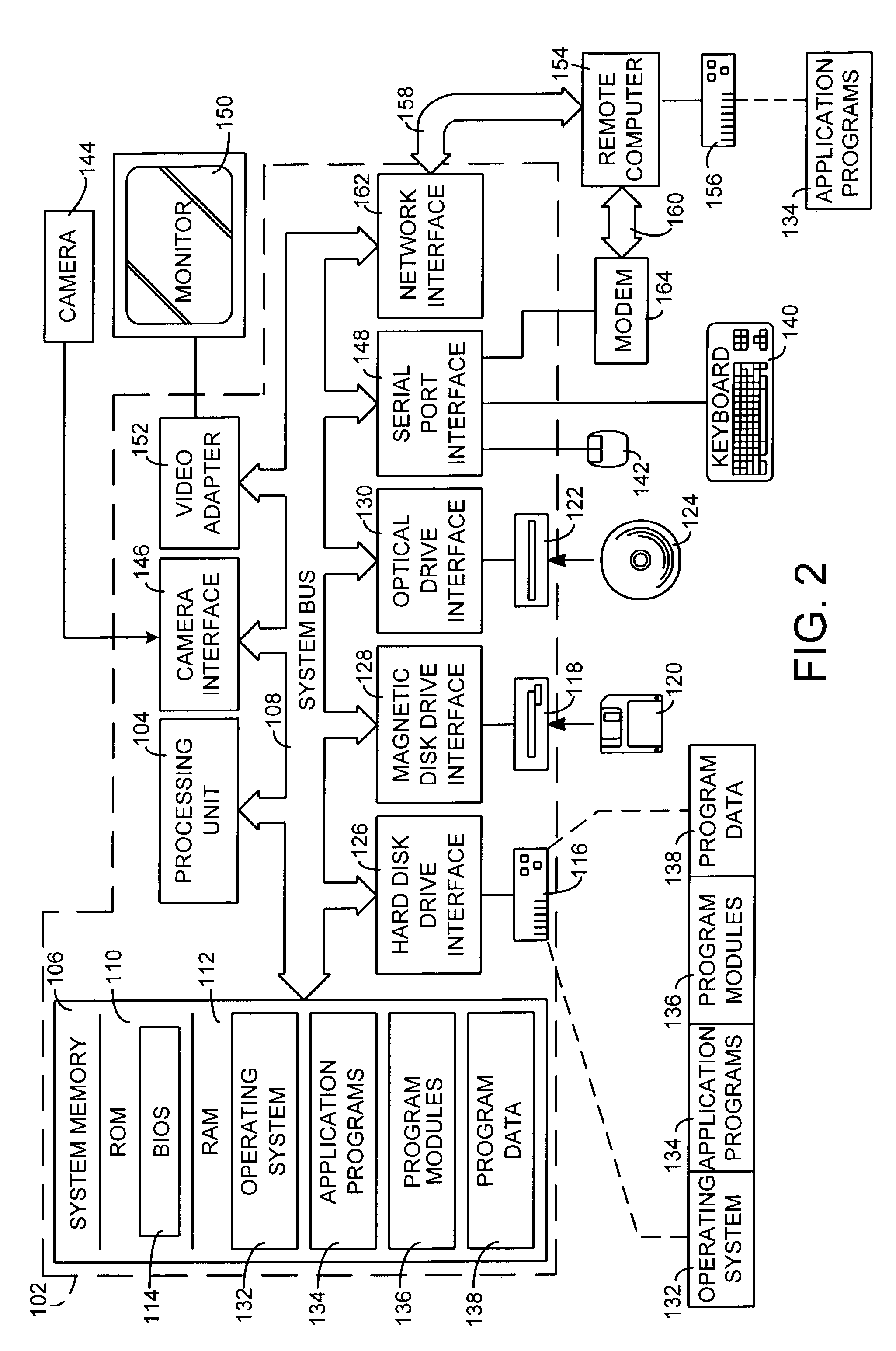Method and system for concurrent garbage collection
a garbage collection and concurrent technology, applied in the field of automatic reclamation of allocated memory, can solve the problems of inability to reuse memory, unusable allocated yet unreachable objects, and each of these techniques, however, suffers a particular drawback
- Summary
- Abstract
- Description
- Claims
- Application Information
AI Technical Summary
Benefits of technology
Problems solved by technology
Method used
Image
Examples
Embodiment Construction
[0028]In general, the present invention is embodied in a system and method for reclaiming unused memory portions, blocks, pages or objects (collectively referred to herein as “objects”) that are allocated to application programs or other processes, i.e., garbage collection. An embodiment of the invention involves stopping / pausing any executing applications or processes, taking a snapshot of the existing object references on various stacks or setting up markers so the various stacks can be scanned while the program is running, and then restarting the applications or processes. A memory management module known as “write-watch” tracks any modifications to the memory allocations while the garbage collector then marks all reachable memory objects using the information from the snapshot. The reachable memory objects are those objects that are not considered garbage. Once all reachable objects are marked, the applications / processes are paused a second time and the garbage collector marks a...
PUM
 Login to View More
Login to View More Abstract
Description
Claims
Application Information
 Login to View More
Login to View More - R&D
- Intellectual Property
- Life Sciences
- Materials
- Tech Scout
- Unparalleled Data Quality
- Higher Quality Content
- 60% Fewer Hallucinations
Browse by: Latest US Patents, China's latest patents, Technical Efficacy Thesaurus, Application Domain, Technology Topic, Popular Technical Reports.
© 2025 PatSnap. All rights reserved.Legal|Privacy policy|Modern Slavery Act Transparency Statement|Sitemap|About US| Contact US: help@patsnap.com



